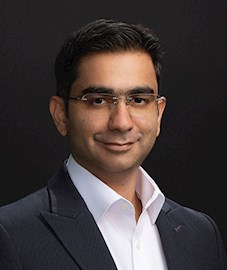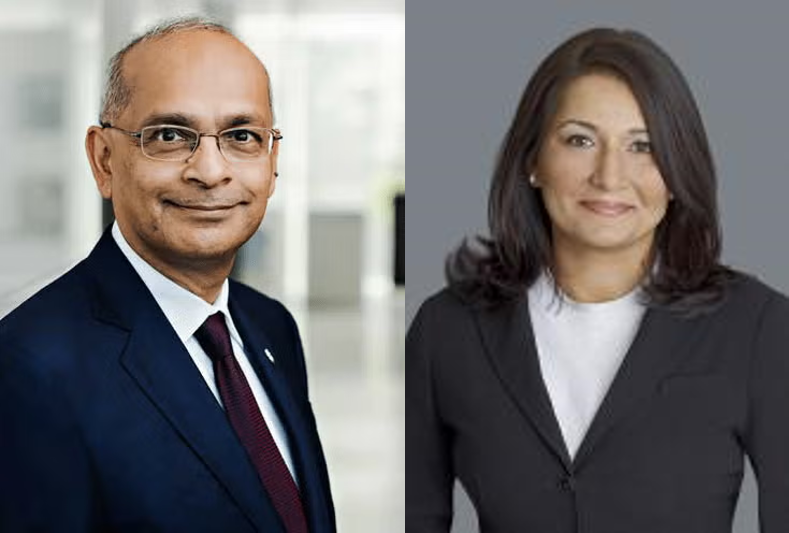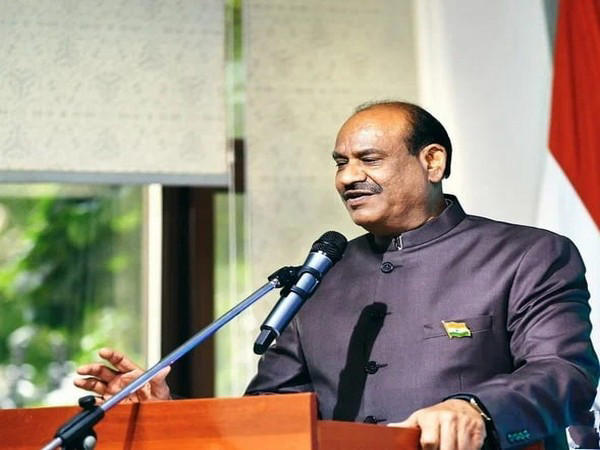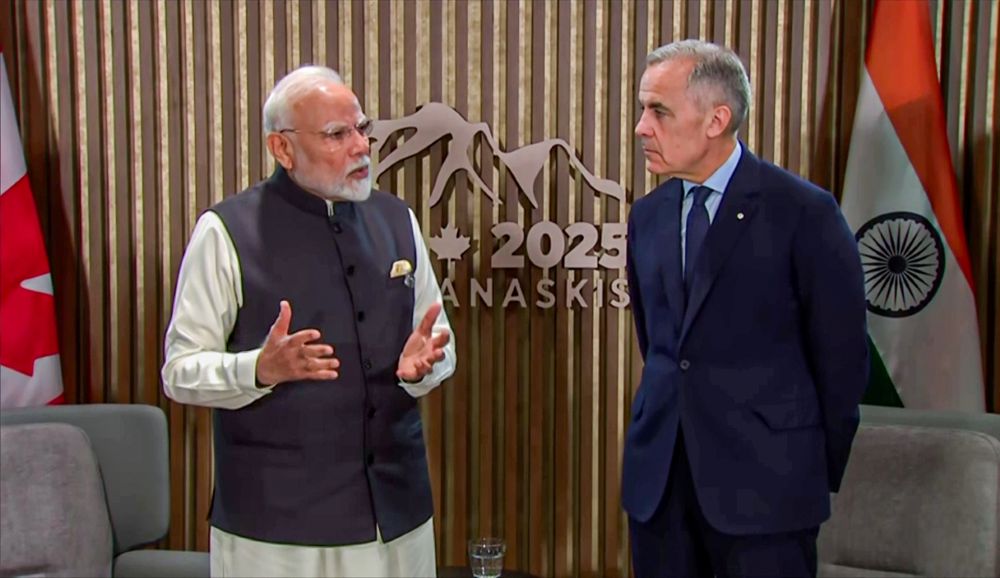Our Bureau
New Delhi
As competition for medical seats in India intensifies, an increasing number of Indian students are turning their eyes to foreign shores for their medical education. With over 2.4 million candidates vying for just 100,000 MBBS seats in India, the allure of studying medicine abroad is becoming more pronounced. Explore the countries, Indian students are turning to, for pursuing a medical degree.
The Philippines
The Philippines has emerged as one of the most favored destinations for Indian students aspiring to become doctors. The country offers a robust English-based curriculum, making it easier for international students to adapt. Notably, the success rate of Indian graduates in the Foreign Medical Graduate Examination (FMGE) is commendable, with many securing their licenses to practice in India after completing their studies.
However, students must be aware that clinical exposure can vary significantly among institutions. Prospective students should conduct thorough research on universities and their affiliations with local hospitals to ensure they receive adequate hands-on training.
Russia
Russia has long been a popular choice for Indian medical aspirants due to its affordable tuition fees and a wide array of universities offering programs in English. Institutions like Moscow State University and Kazan Federal University are well-regarded and attract students from around the world.
Despite its advantages, students should be prepared for challenges such as language barriers during clinical rotations, where proficiency in Russian may be necessary to communicate effectively with patients and staff. Nonetheless, many Indian students have successfully navigated these hurdles and returned home to practice medicine.
China
China has been a rising star in medical education, attracting thousands of international students each year. The country offers numerous universities that provide MBBS programs in English, often at lower costs than Western countries. However, recent restrictions on licensing exams conducted in English have raised concerns among Indian students about their ability to practice medicine upon graduation.
While Chinese universities boast modern facilities and advanced technology, prospective students should weigh these factors against potential challenges related to licensing and clinical experience.
Nepal and Bangladesh
Indian students often consider neighboring countries like Nepal and Bangladesh for their medical education due to cultural similarities, affordability, and shorter travel distances. Universities in these countries offer programs taught in English and have gained recognition for producing competent healthcare professionals.
However, students should be cautious about the quality of education, in particular clinical exposure available at various institutions and inadequate living conditions. Thorough research is recommended for requisite educational needs.
Caribbean
The Caribbean has become an attractive destination for Indian students seeking an alternative route into the U.S. medical system. Many Caribbean medical schools offer U.S.-based curricula and clinical rotations in prestigious hospitals across the United States, significantly enhancing residency prospects.
However, the students must remain vigilant about the accreditation status of the institutions they choose. Graduates from unaccredited schools may face difficulties when applying for residency programs in the US.
Georgia and Kyrgyzstan
Countries like Georgia and Kyrgyzstan are gaining traction among Indian medical aspirants due to their affordable tuition fees and English-medium programs. These nations provide a unique blend of quality education at a fraction of the cost compared to Western countries.
While studying in these countries can be an enriching experience, geopolitical stability is an important consideration for prospective students. Researching current events and understanding local conditions can help ensure a safe educational journey.
As Indian students explore international options for medical education, several factors come into play—tuition costs, quality of education, clinical exposure, and post-graduation opportunities are paramount in decision-making processes. By conducting thorough research and considering personal preferences, aspiring doctors can make informed choices that will shape their futures in medicine.
In this globalized world, studying medicine abroad not only opens doors to diverse educational experiences but also fosters cultural exchange and broadens perspectives—an invaluable assets for any future healthcare professional.

























